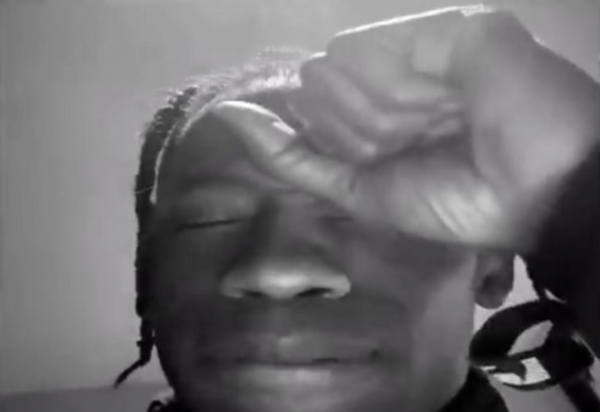Smashing Social Stereotypes
 I can remember very distinctly sitting at a table in kindergarten with a group of my peers. We were talking about trivial childhood matters, like if our parents let us drink Mountain Dew or not. Out of the corner of my eye, I could see one of the most popular kids in the class come over. Confused as to why he would talk to my little group, I watched him. He came over and said a few words to me then walked away. That was the most important moment of my short, little life.
I can remember very distinctly sitting at a table in kindergarten with a group of my peers. We were talking about trivial childhood matters, like if our parents let us drink Mountain Dew or not. Out of the corner of my eye, I could see one of the most popular kids in the class come over. Confused as to why he would talk to my little group, I watched him. He came over and said a few words to me then walked away. That was the most important moment of my short, little life.
Though this situation may not seem important or telling by any means, my occurrence with the admired boy reveals a lot about social order. Even though I was so small and young, I was still able to perceive and follow the hierarchy that was present in my class. The cliques and concerns of status were already consuming me. This problem would only manifest itself more as time went on.
It is such a prevalent thing. We can all look around and see how these social laws control our lives. For some, it may make you feel as though you are invisible. For others, like your life is always on display. Or maybe it just makes you feel like you are stuck in one place.
In high school, there is a very clear and distinct order of cliques and unfortunately, this leads to entrapment. When social orders are made, blockades are also created. You may feel confined to one particular group only because it is seen as taboo to hang around people of different popularity.
This fact is very, very sad. Someone could be missing out on meeting their best friend only because the culture that surrounds them says that they can’t be with that person. There are many factors that are contributing to this disheartening but understated problem, many that can be seen in school.
Even from a young age, schools are grouping and categorizing students. They are sent on different tracks depending on how “smart” they are and the different skills that they have. They quickly become aware of who is socially acceptable to be around. This not only increases division among students, but it also causes their confidence to falter.
Another problem in high school is seen more in sports. Though sports used to be great way for students to make more friends, this may not still be standing. Sports have become highly competitive and exclusive. Even if you are on a team, you can feel completely detached from the group. When I used to do swimming, there were definitely cliques inside of the team itself. I felt unimportant and I didn’t feel like I had many friends because only the fastest on the team seemed to matter.
Something that used to be a fun way to make friends has been completely altered. It is now only contributing to this ongoing problem.
Though this dilemma isn’t going to completely go away, there are things that can be done to help lower its prevalence in high school. To start off, schools can be less segregated by academic achievement. Though some of this grouping is necessary for effective teaching, there can be more classes that are inclusive to students of all levels.
Sports can also become less exclusive. All team members need to be viewed as valuable, no matter their skill level. This will help create a more cohesive and less cliquey team.
Finally, more team building activities can be integrated into the classroom. Doing fun activities where you get to work together can help break the social tensions, and can even help create problem solving skills.
Though the formation of cliques isn’t easy to stop, there are ways that we can fight this separation. Don’t let yourself be discouraged by this incident and don’t let your clique define who you are. If you feel like you should, break out of your in-group. You have the right to be in control of who you surround yourself with.












